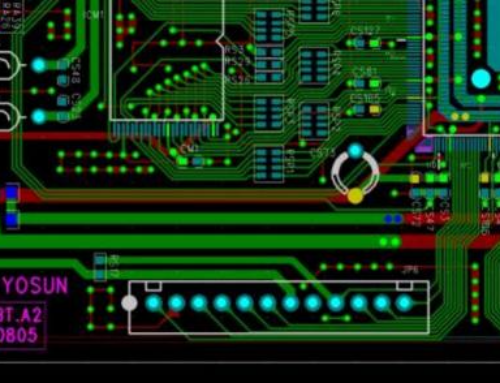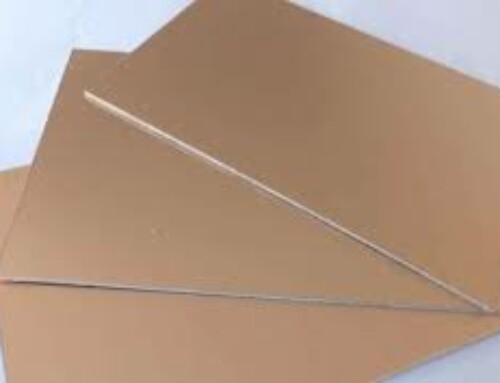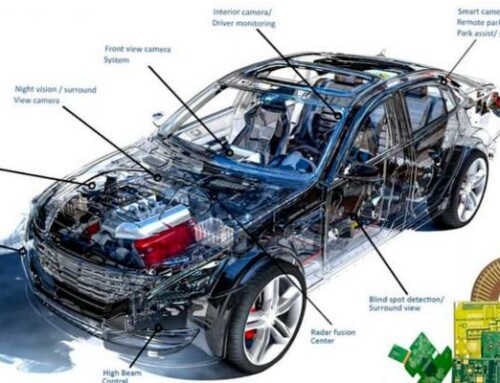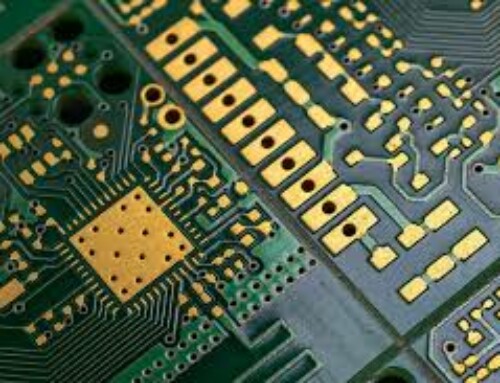There are several institutes and training centers in Bangalore that offer courses on high speed PCB design.
1. Vector Institute:
This institute offers a course on high speed PCB design using Altium Designer software. The course covers topics such as signal integrity, power integrity, high speed routing, and EMI/EMC considerations.
2. EDA Direct:
This training center provides courses on PCB design using various software tools such as Altium Designer, OrCAD, and Allegro.
The courses cover topics such as high speed design, analog and mixed signal design, and PCB layout.
3. Mentor Graphics:
This company offers training courses on PCB design using their software tools such as PADS and Xpedition.
The courses cover topics such as high speed design, signal integrity, power integrity, and thermal analysis.
4. Cadence Design Systems:
This company offers training courses on PCB design using their software tools such as Allegro and OrCAD.
The courses cover topics such as high speed design, signal integrity, power integrity, and thermal analysis.
5. VLSI Guru:
This institute offers a course on high speed PCB design using Altium Designer software.
The course covers topics such as signal integrity, power integrity, high speed routing, and EMI/EMC considerations.
These are some of the institutes and training centers in Bangalore that offer courses on high speed PCB design.
You can choose the one that best suits your requirements and budget.

high speed pcb stackup
A high-speed PCB stackup refers to the arrangement of multiple layers of materials and copper traces that are used to design a printed circuit board (PCB) that can handle high-frequency signals with minimal signal loss or interference.
The stackup typically consists of several layers of copper traces, dielectric materials,
and ground planes that are arranged in a specific order to provide the required impedance, capacitance, and signal integrity for high-speed signals.
Some of the key considerations when designing a high-speed PCB stackup include the thickness and type of dielectric materials used,
the placement of ground planes, and the routing of critical signals to minimize crosstalk and signal reflections.
Overall, a well-designed high-speed PCB stackup is critical for ensuring reliable and efficient performance of electronic devices that rely on high-speed data transfer and processing.
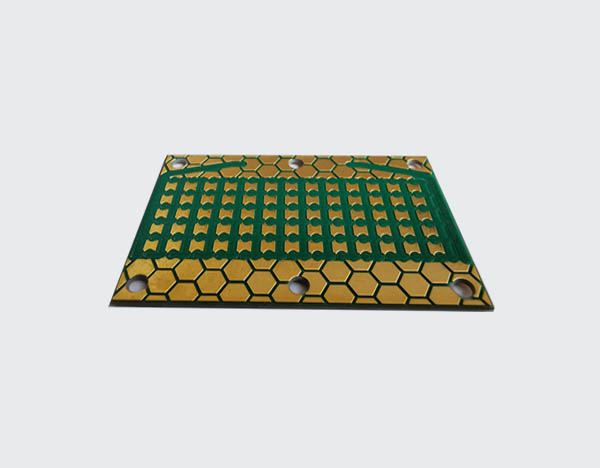
where is the high speed pcb stackup used?
High-speed PCB stackup is used in electronic devices that require high-speed data transfer and processing, such as:
1. Telecommunications equipment:
High-speed PCB stackup is used in telecommunications equipment such as routers, switches,
and modems to ensure reliable and efficient data transfer.
2. Consumer electronics:
High-speed PCB stackup is used in consumer electronics such as smartphones, tablets,
and laptops to enable high-speed data transfer and processing.
3. Medical equipment:
High-speed PCB stackup is used in medical equipment such as MRI machines, CT scanners,
and ultrasound machines to ensure reliable and accurate data processing.
4. Aerospace and defense:
High-speed PCB stackup is used in aerospace and defense applications such as radar systems, satellites,
and missiles to ensure reliable and efficient data transfer and processing.
Overall, high-speed PCB stackup is used in a wide range of applications where high-speed data transfer and processing is critical for the performance of electronic devices.
Other PCB products, you may interesting










